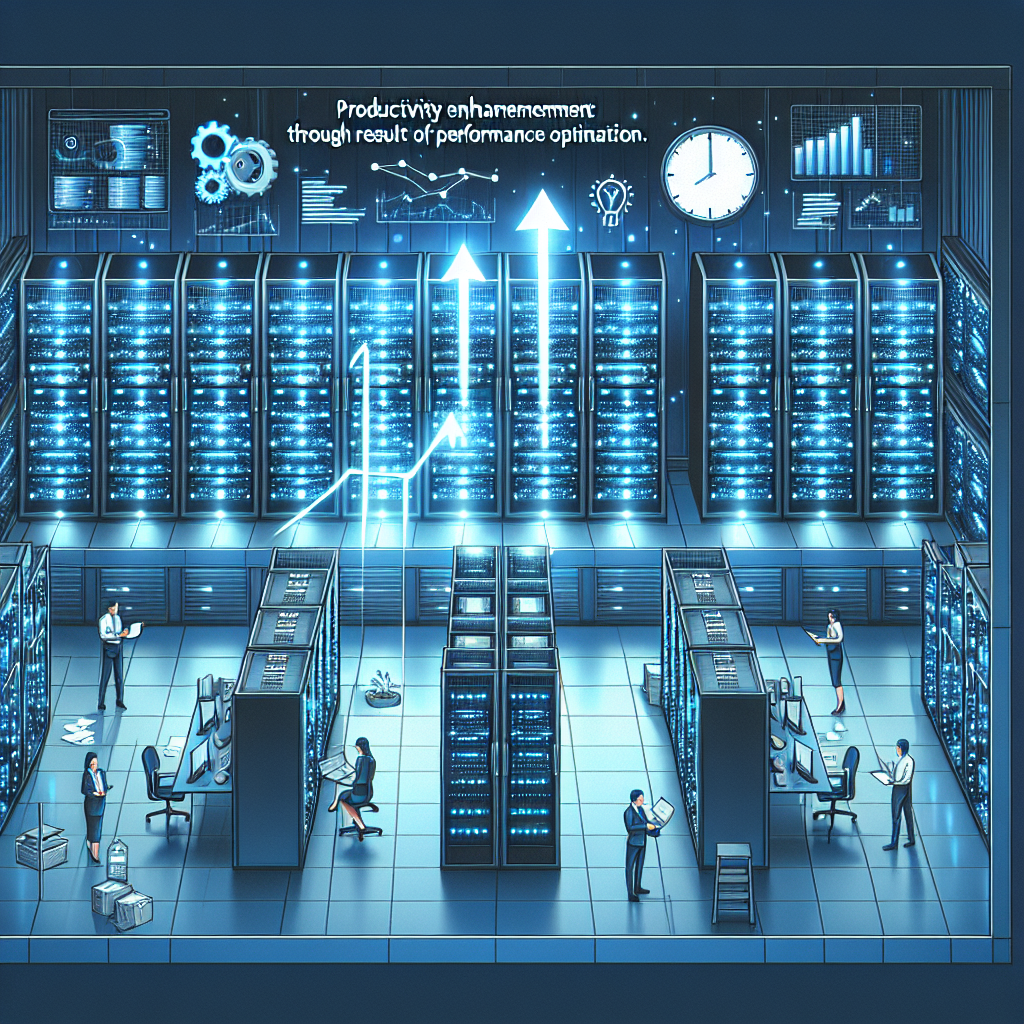Fix today. Protect forever.
Secure your devices with the #1 malware removal and protection software
In today’s fast-paced business environment, maximizing productivity is crucial for staying competitive and meeting customer demands. One key factor that can significantly impact productivity is the performance of your data center. A well-optimized data center can help streamline operations, improve efficiency, and enhance overall performance. Here are some strategies for boosting productivity through data center performance optimization.
1. Regular maintenance and upgrades: Just like any other technology, data centers require regular maintenance and upgrades to ensure optimal performance. This includes monitoring hardware and software components, replacing outdated equipment, and implementing software updates. By staying proactive with maintenance and upgrades, you can prevent downtime and keep your data center running smoothly.
2. Virtualization: Virtualization technology allows you to run multiple virtual machines on a single physical server, which can help optimize resource utilization and improve scalability. By consolidating servers and reducing hardware costs, virtualization can help increase efficiency and reduce energy consumption in the data center.
3. Cooling and energy efficiency: Data centers consume a significant amount of energy for cooling and powering servers. By implementing energy-efficient cooling systems, such as hot aisle/cold aisle containment and variable-speed fans, you can reduce energy consumption and lower operating costs. Additionally, optimizing airflow and temperature control can help prevent overheating and improve overall performance.
4. Data storage optimization: Efficient data storage is essential for maximizing data center performance. By implementing storage tiering, data deduplication, and compression techniques, you can optimize storage capacity and improve data access speeds. This can help reduce latency and boost productivity for users accessing critical data.
5. Monitoring and analytics: Monitoring tools and analytics software can provide valuable insights into data center performance and help identify areas for improvement. By tracking key performance indicators (KPIs) such as server utilization, network traffic, and storage capacity, you can proactively address performance issues and optimize resources for maximum productivity.
6. Disaster recovery planning: Data center downtime can have a significant impact on productivity and revenue. By implementing a robust disaster recovery plan, you can minimize the risk of data loss and ensure business continuity in the event of a system failure or natural disaster. This can help reduce downtime and maintain productivity levels during emergencies.
By implementing these strategies for data center performance optimization, you can boost productivity, improve efficiency, and enhance overall business operations. Investing in the health and efficiency of your data center is essential for staying competitive in today’s digital landscape. With a well-optimized data center, you can streamline operations, reduce costs, and drive productivity for your organization.
Fix today. Protect forever.
Secure your devices with the #1 malware removal and protection software

Leave a Reply
You must be logged in to post a comment.